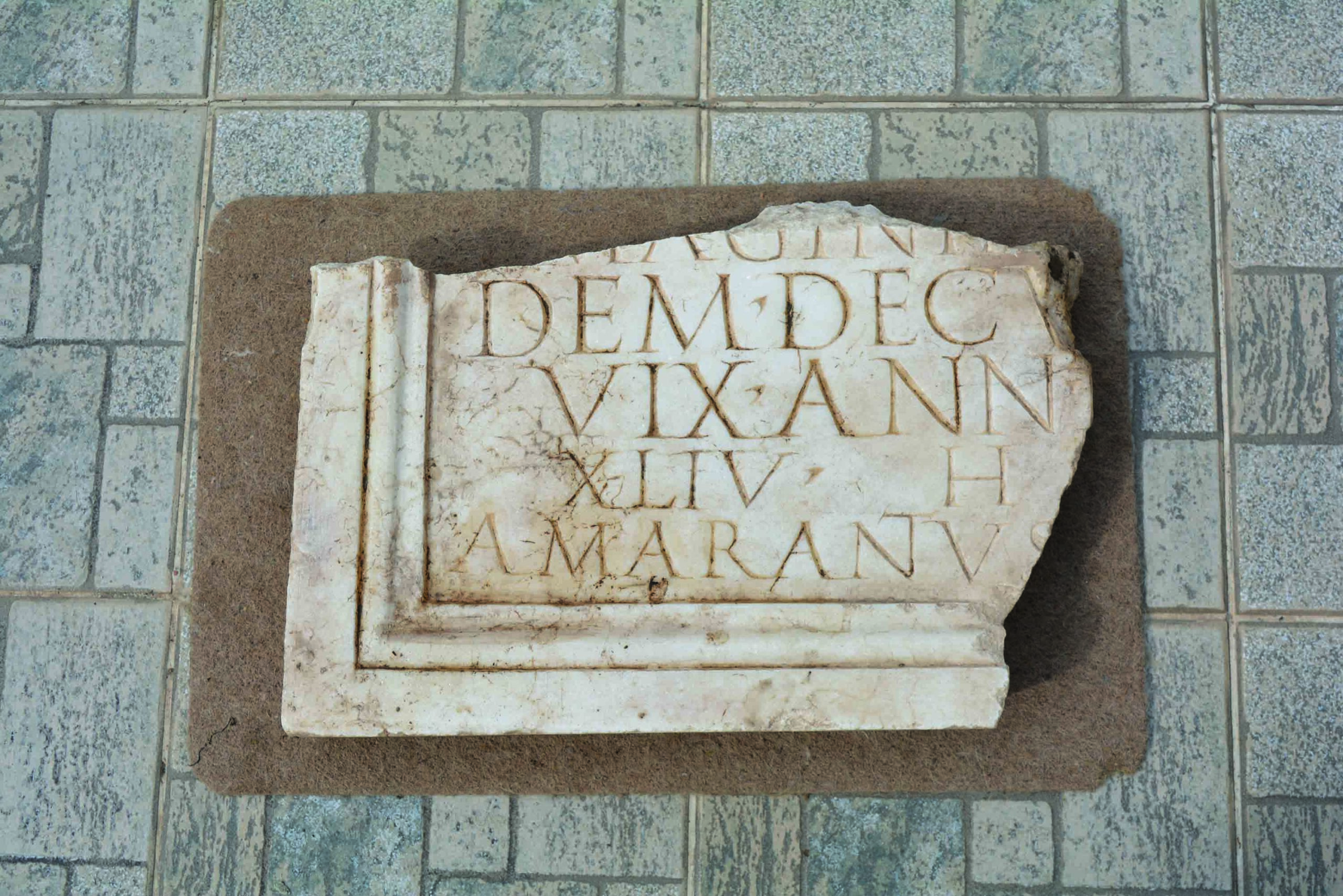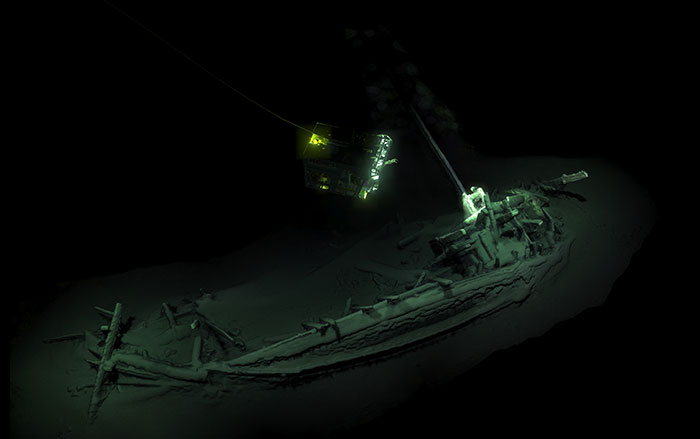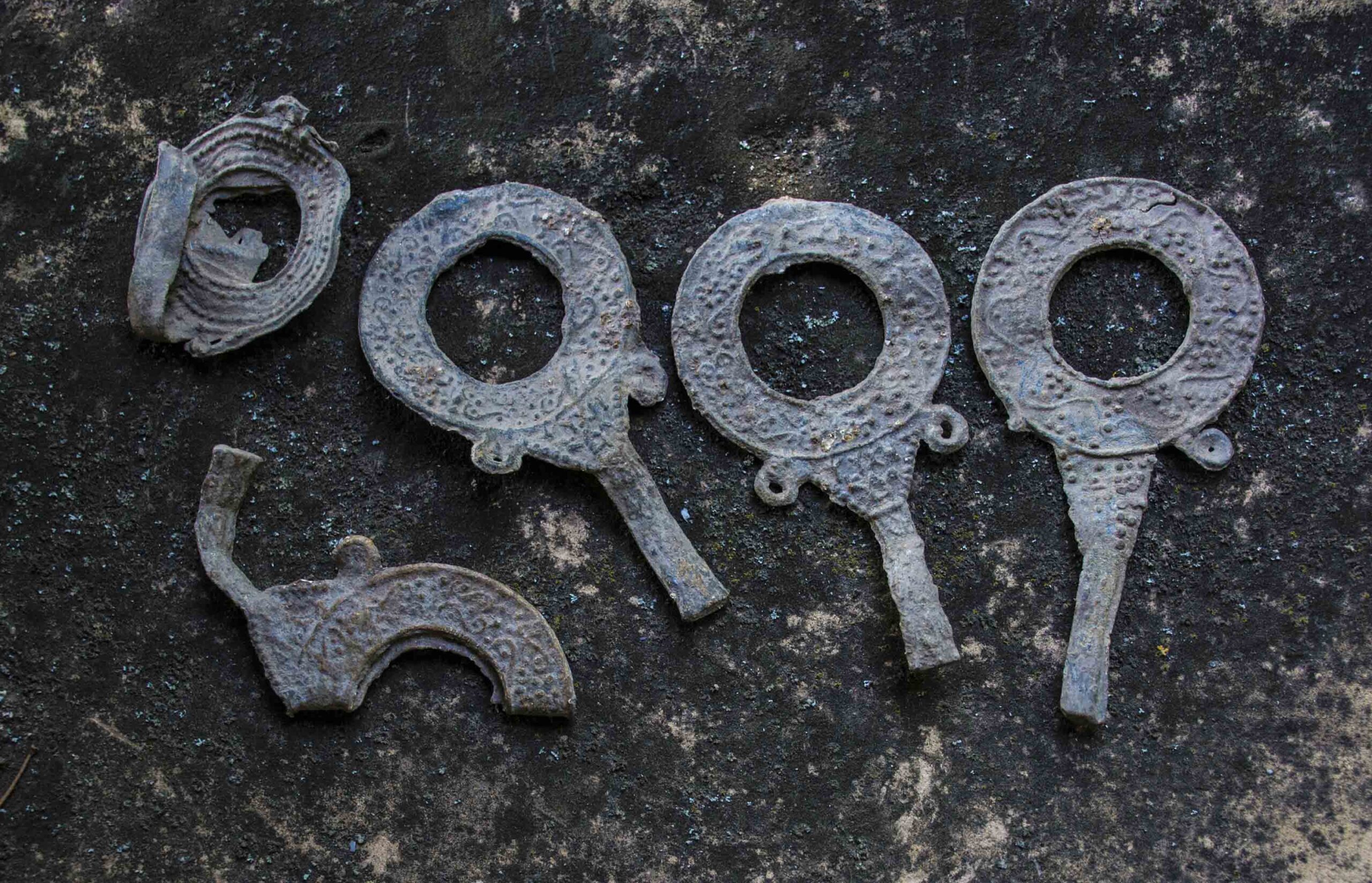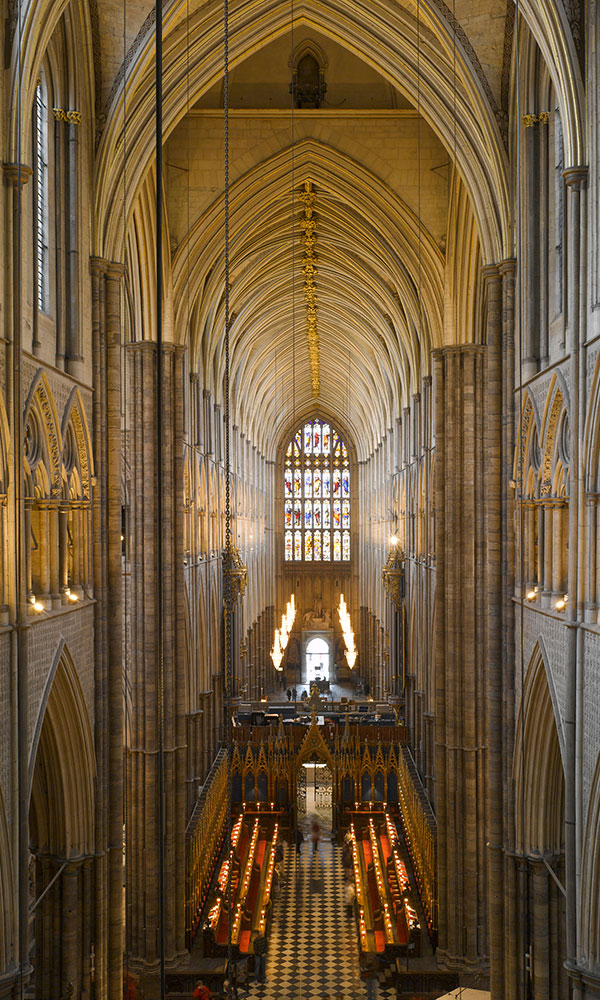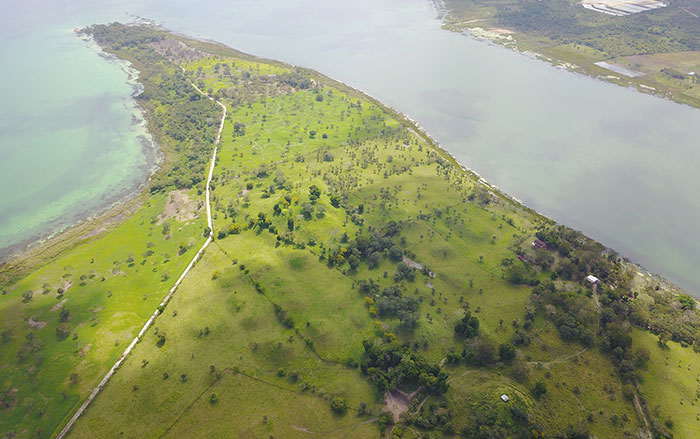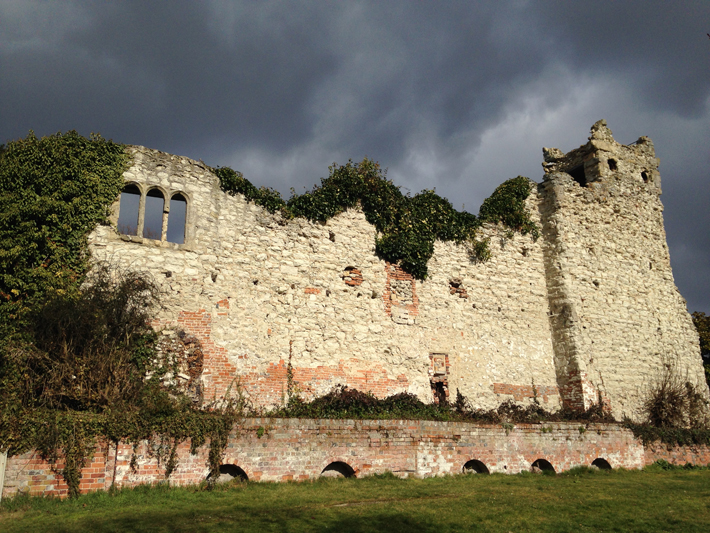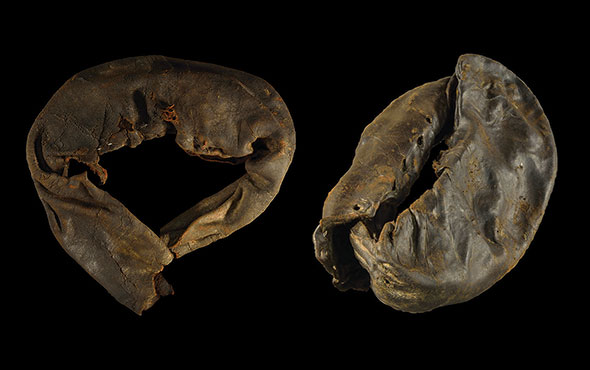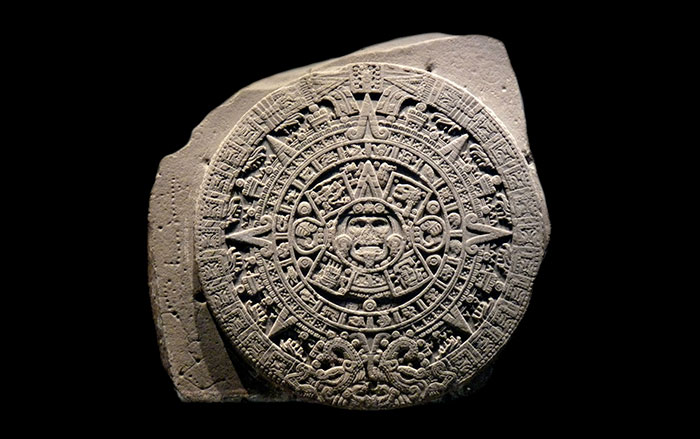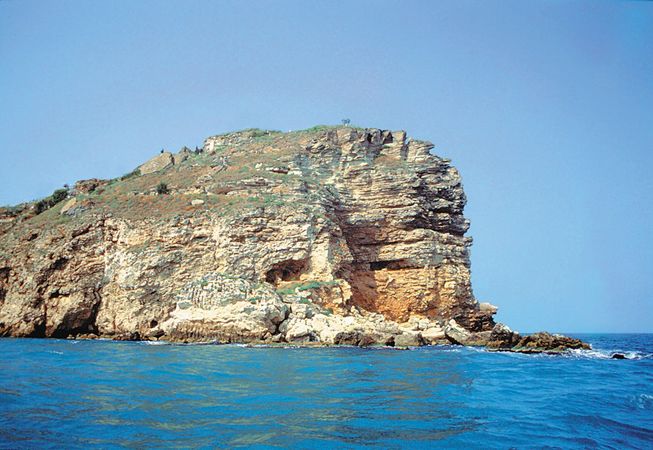
SOFIA, BULGARIA—A fourteenth-century A.D. pot containing nearly 1,000 gold, silver, and bronze coins and artifacts such as buckles, earrings, rings, and buttons was discovered in the medieval Kaliakra Cape Fortress, which is located on Bulgaria’s northern Black Sea coast, according to an Archaeology in Bulgaria report. Archaeologist Boni Petrunova of Bulgaria’s National Museum of History said the small, light coins reflect the decline of the Second Bulgarian Empire and Byzantium. For example, the 20 hyperpyrons, or late Byzantine gold coins, in the collection had been clipped, or made smaller by shaving metal from their circumference, to such an extent that it was difficult to identify them. Eight Venetian gold coins dating to the mid-fourteenth century were also found in the pot, along with a few coins from Wallachia, a Bulgarian ally to the north, and a single Tatar coin, all of which may have flown through local markets. The objects are thought to have been looted by a Tatar leader who quickly hid his treasure during one of the last Mongol invasions of the region, since there were still threads attached to the buttons, suggesting they had been ripped off a lavish garment in a hurry. To read about another recent discover in Bulgaria, go to “Mirror, Mirror.”


